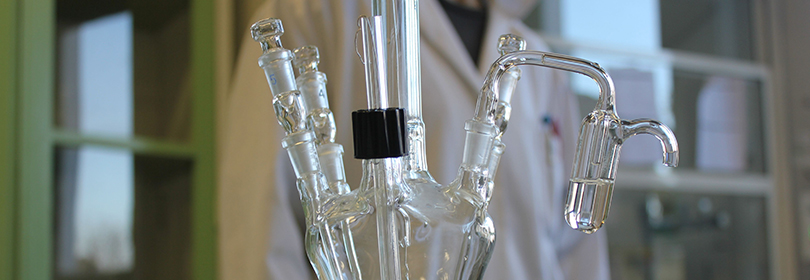Tristan Asset, post doctorant à l'Université de Californie, Irvine, donnera un séminaire intitulé "Transition Metal – Nitrogen – Carbon Catalysts for CO2 Reduction & Valorization" le lundi 18 février à 9h30 salle 148 Phelma Campus
Résumé
To achieve a better understanding of the CO2 reduction reaction on M – N – C electrocatalysts, we synthesized a library of nitrogen-doped carbonaceous materials with atomically dispersed 3d transition metals, or corresponding metal-free electrocatalysts. Sacrificial support method was used yielding catalyst materials of with high dispersity and high graphitic content. The resulting electrocatalysts were impurities-free, hence allowing of a better understanding of the mechanism of CO2 reduction. By combining the electrochemical results with density functional theory, we were able to divide the electrocatalysts in several categories, based on their CO2 ? COOHads free energy and their COads binding strength: the ‘strong-CO binder’ electrocatalysts (e.g. Cr, Mn and Fe – N – C) achieved a Faradaic efficiency up to 50% at – 0.335 V vs. RHE (at pH = 7.5, in 0.1 M phosphate buffer). Such Faradaic efficiency was also achieved by the metal-free electrocatalyst, therefore showing the great activity of the metal-free, N-containing, moieties for the CO2 reduction reaction. This was confirmed by ambient pressure X-ray photoelectron spectroscopy, that evidenced pyridinic and hydrogenated (pyrrolic) nitrogen moieties also act as preferential absorption sites for the CO2 species on Fe – N – C catalyst surface.



